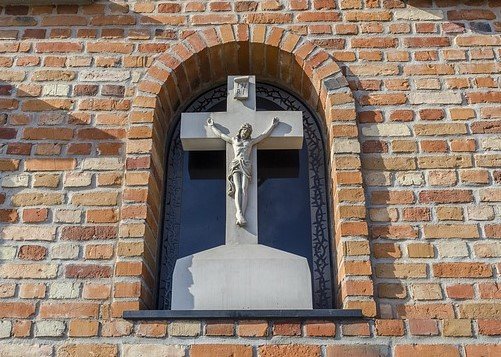Pause for thought: Kingly service

His throne was a Cross.
His crown was made of thorns.
His regalia were the wounds that pierced his body.
These statements from part of Justin Welby’s sermon from the coronation ceremony of King Charles III. In order to reflect on kingship, the Archbishop of Canterbury naturally turns to Jesus.
In the gospel accounts, Jesus proclaims the Kingdom of God/Heaven and following his arrest the authorities mockingly make Jesus a king by earthy standards: In Luke’s gospel, Herod clothed Jesus in an elegant robe (Luke 23:11); in Mark’s gospel, the Roman soldiers clothed Jesus in a purple robe and placed a crown of thorns on his head (Mark 15:17); in John’s gospel, the Roman soldiers placed a crown of thorns on Jesus head and clothed him in a purple robe (John 19:2); in Matthew’s gospel, the Roman soldiers clothed Jesus in a scarlet robe, placed a crown of thorns on his head, and placed a reed in his right hand (Matthew 27:28). Additionally, in each gospel, Jesus is named as “king” by the title on his cross (Matthew 27:37; Mark 15:25; Luke 23:38; John 19:19).
Yet, as Welby astutely points out, Jesus is not identified as king through wearing an elegant scarlet/purple robe, but through bearing the wounds on his body inflicted by the Roman soldiers. A significant theme of the coronation was the king’s duty to serve and not to be served. This was the commission of our divine king, he came “not to be served, but to serve” and his service was the ultimate service, he “gave his life as a ransom for many” (Mark 10:45). The wounds that pierced Jesus’ body reveal the ultimate sacrificial service of our divine king.
Dr Elizabeth Corsar